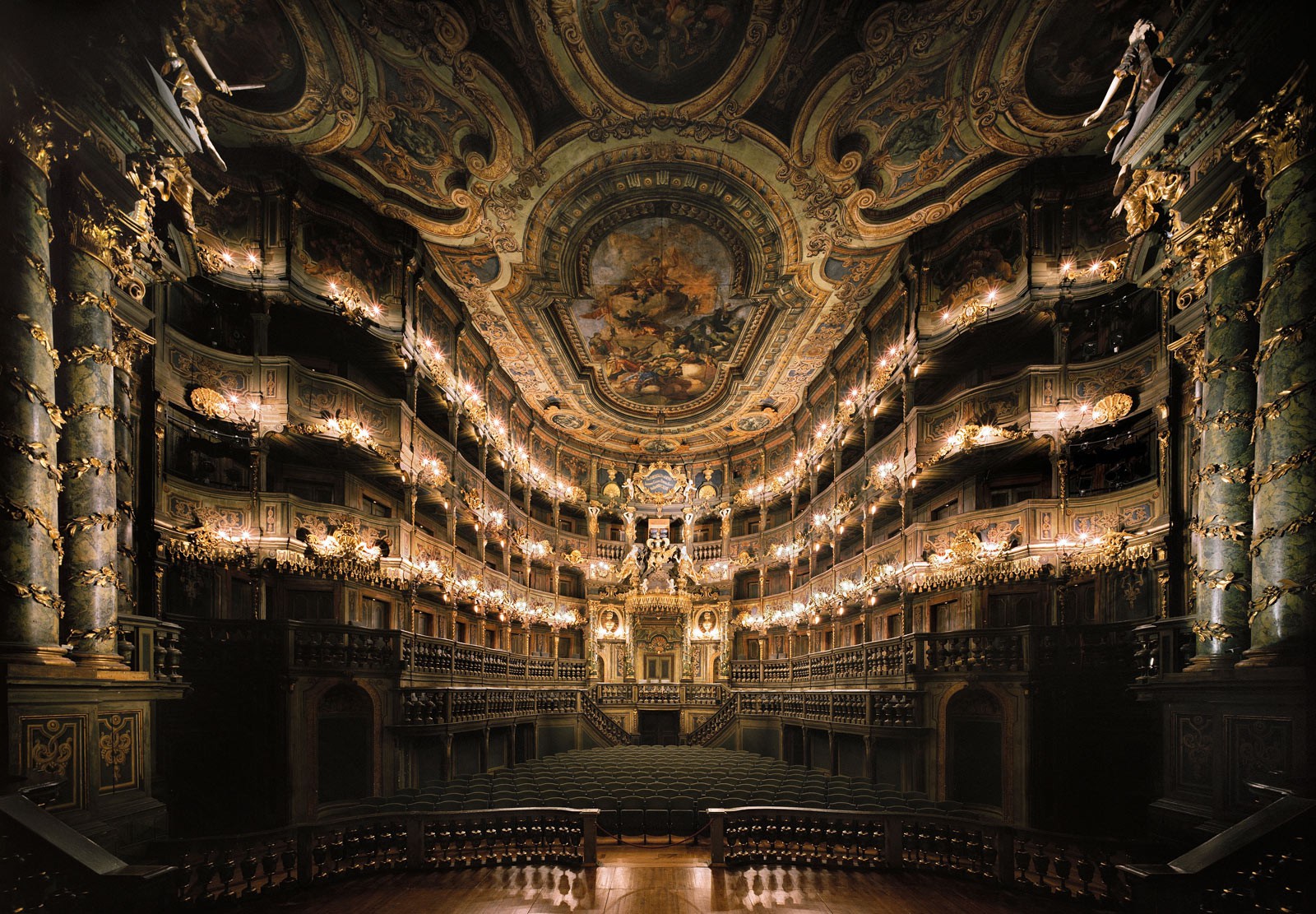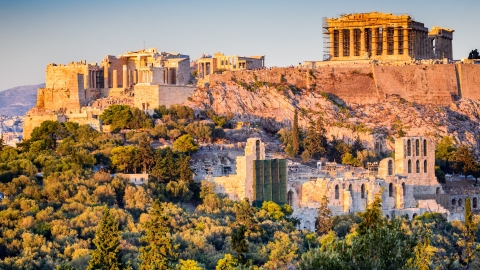The Margravial Opera House was inaugurated in September 1748 in Bayreuth, serving the lavish wedding of Elisabeth Friederike Sophie, the only daughter of Count Margrave Friedrich of Hohenzollern, and Duke Charles Eugene of Württemberg.
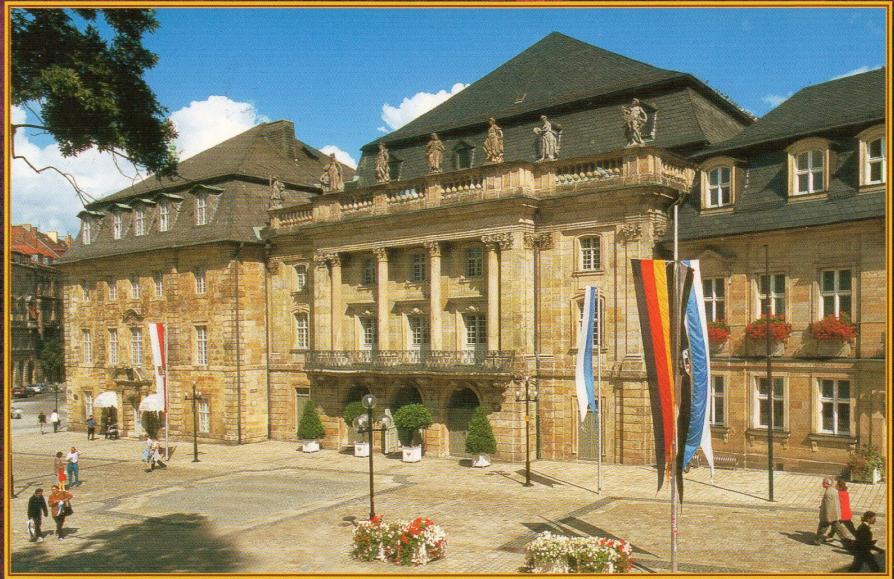
The theater is an independent royal architectural work, designed by Joseph Saint-Pierre, the leading Baroque architect of the time, and his son - Carlo Galli Bibiena. And of course, under the magic hand of Joseph Saint-Pierre, the Margravial Opera House became a masterpiece of Baroque architecture of humanity in the 18th century, with a magnificent beauty combining the art of design, sculpture and painting, promoting intense emotions, honoring the harmonious nuances between reality and illusion, the contrast of light and darkness.
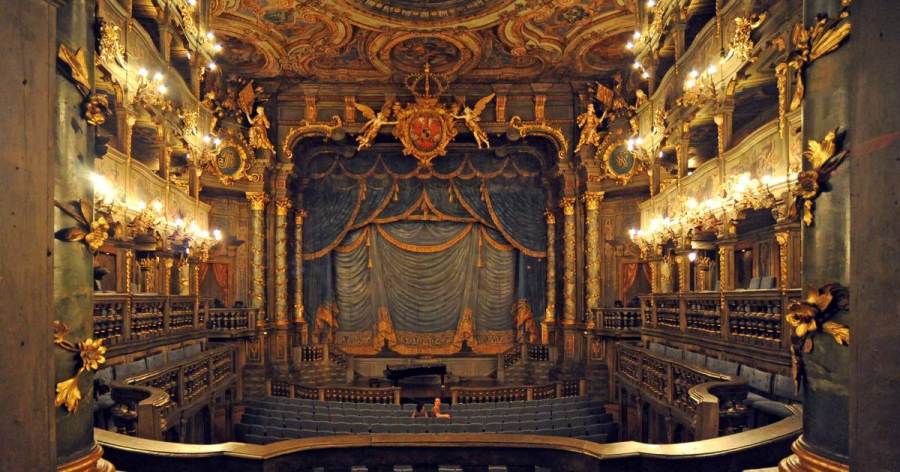
The theater has a characteristic Baroque feel.
The theater's facade is made of sandstone with a balcony supported by pillars, becoming a focal point in the city's urban public space.
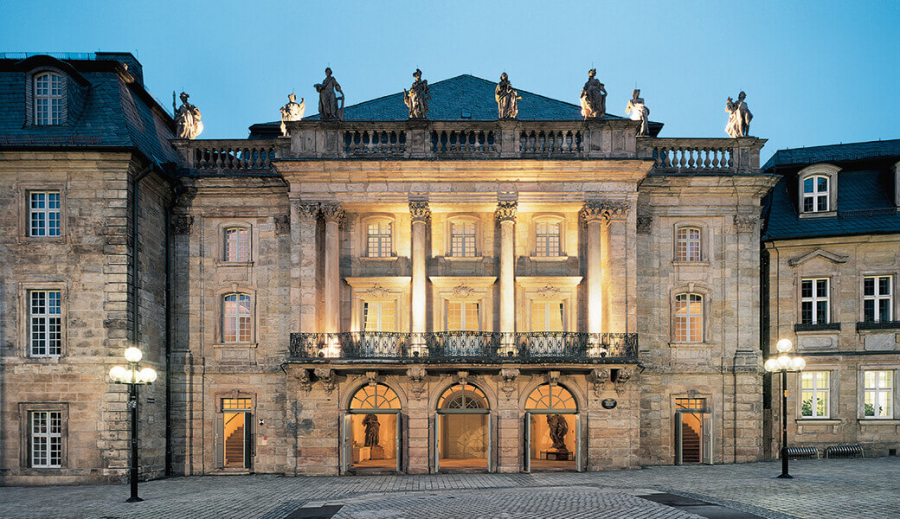
The interior of the building consists of a lobby, staircases, corridors, exhibition rooms and auditorium. The auditorium and stage are arranged as a unified block. The lighting system is arranged on both sides of the wall, creating streams of light that are both romantic and mysterious.

The system of lights on both sides of the wall creates a feeling that is both cozy and mysterious.
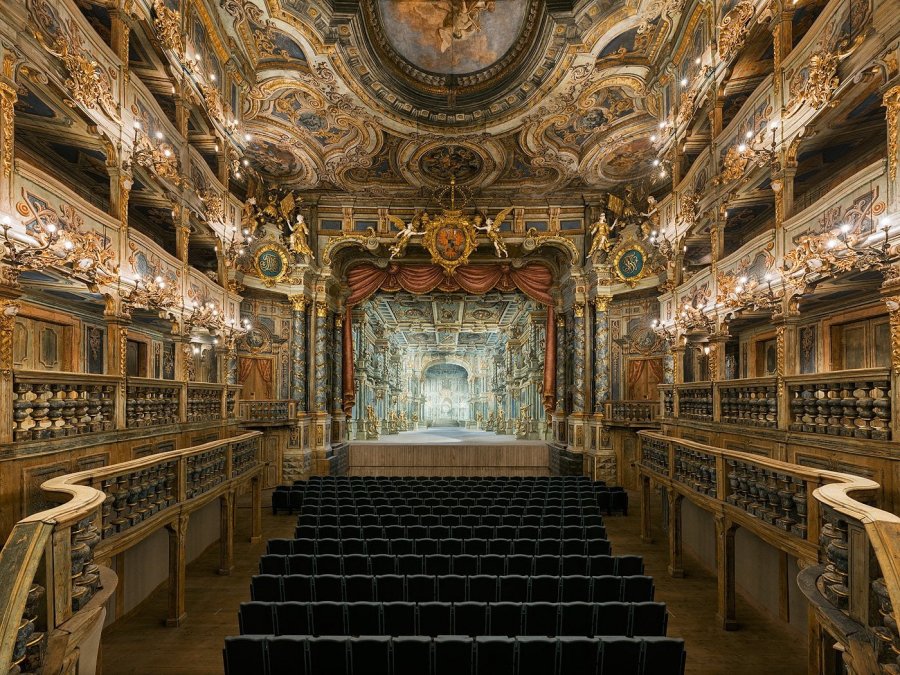
Auditorium with capacity of 500 people.
The sculptures that decorate the wooden house and the stage all pay tribute to the Hohenzollern dynasty and the Margrave Friedrichs, the founders of the theatre. On the walls and ceilings are painted optical illusions, also known as "quadratura", to enhance the dramatic and theatrical effect. To this day, this painting technique remains one of the curiosities that attracts thousands of tourists every year.
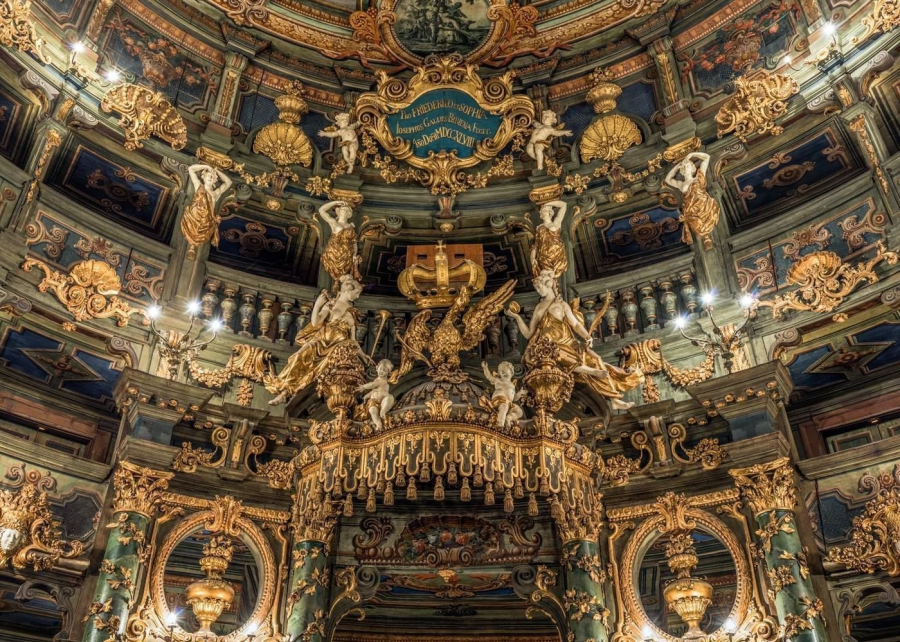
The elaborate sculptures inside the theater.
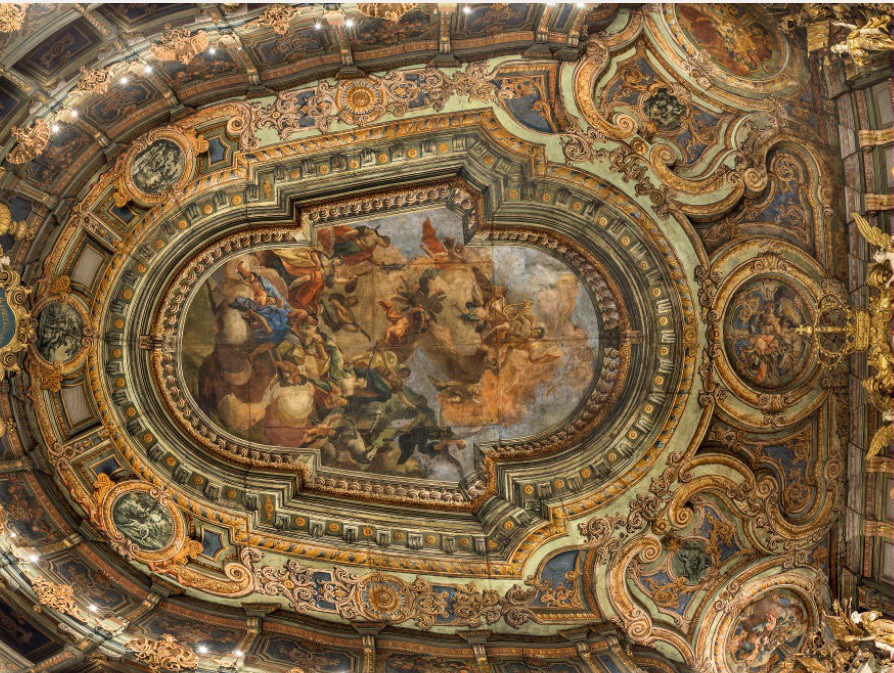
The theater ceiling is elaborately decorated with optical illusion effects.
The interior of the theater is mostly made of wood, because at that time, the Count only wanted to build the Opera Margravial as a wedding venue for his daughter, rather than planning a long-term use. Fortunately, it was not burned down in the fire like many other buildings of the time, and became the only masterpiece that still exists today by two of the most famous theater architects of that time. However, like some other theaters, the Opera Margravial could not avoid damage after the turbulent years of war. The restoration of the theater was extremely expensive and difficult, costing about 22 million euros and 93,000 hours of work.
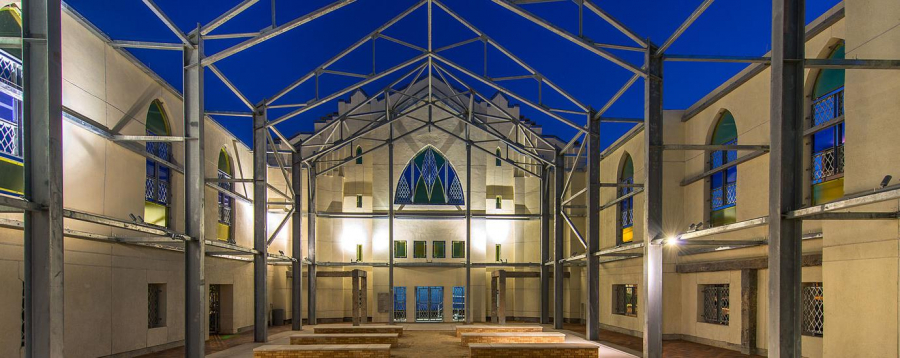
The theater is under renovation.
In 2018, the bright spotlights of the Margravial Opera once again lit up the skies over Bayreuth. Had it not been for the pandemic, many concerts would have taken place there in 2020.
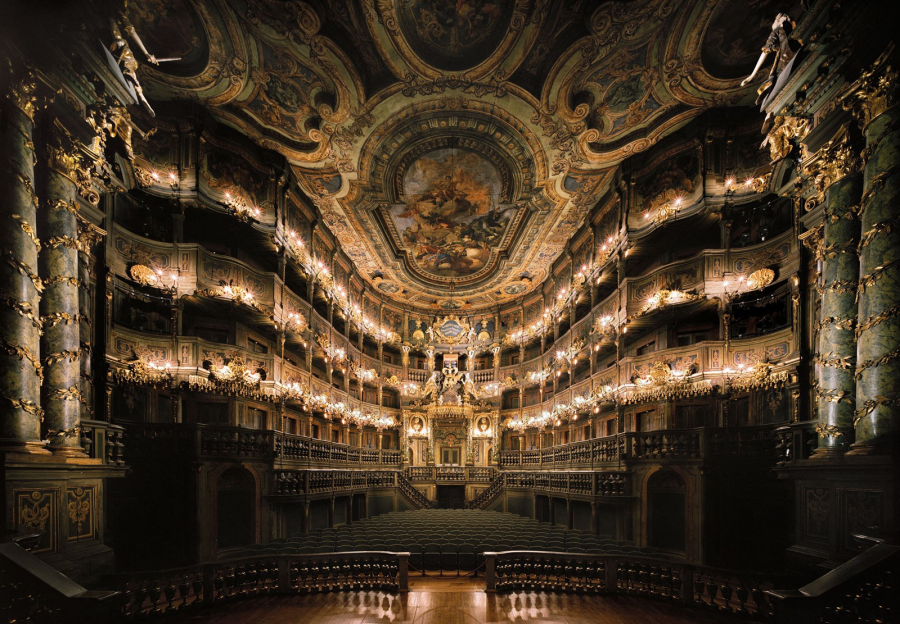
The theater was recognized by UNESCO as a World Heritage Site in 2012, not only for its cultural and architectural values, but also for marking an important turning point in the emergence of the world's great public theaters in the 19th century.





